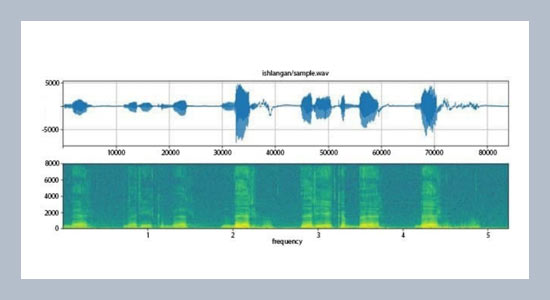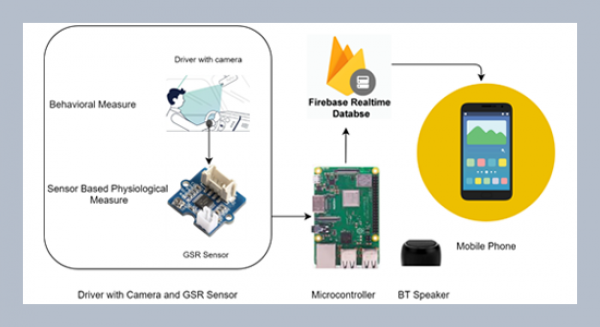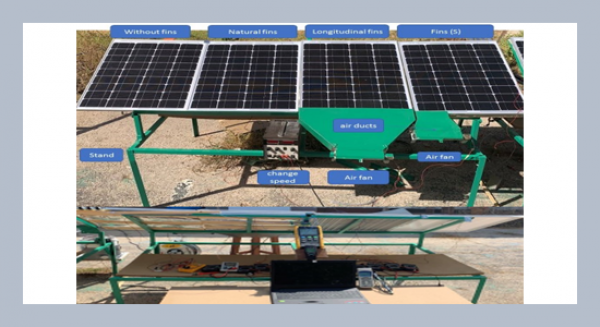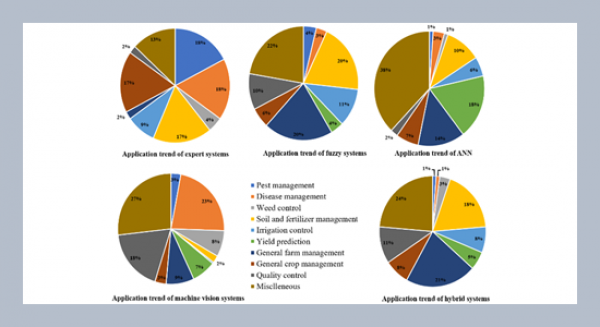Narzillo Mamatov*, Nilufar Niyozmatova, Abdurashid Samijonov Tashkent University of Information Technologies named after Al-Kharezmi, Tashkent, Uzbekistan
Download Citation:
|
Download PDF
One of the most important tasks of modern science is the development of software tools for human communication with devices (for example, a computer) in natural language, where speech input and output of information is carried out in the most user-friendly way. To create such tools, it is required to solve speech recognition problems. On the basis of many experimental studies, it can be concluded that the quality of speech recognition depends on the results of preliminary signal processing. Improving the quality of speech recognition requires new efficient and high-speed signal preprocessing methods and algorithms.ABSTRACT
This article proposes a new approach and algorithm for the formation of signs of speech signals. Based on these features obtained by the proposed algorithm, the identification problem is solved. The article also provides a description of the software module for each stage of preprocessing of speech signals. The developed software is a voice-based identification tool.
Keywords:
Algorithm, Signal, Speech signal, Filter, MFCC, PLP, LPCC.
Share this article with your colleagues
REFERENCES
ARTICLE INFORMATION
Received:
2020-07-28
Accepted:
2020-11-03
Available Online:
2021-03-01
Mamatov, N., Niyozmatova, N., Samijonov, A. 2021. Software for preprocessing voice signals. International Journal of Applied Science and Engineering, 18, 2020163. https://doi.org/10.6703/IJASE.202103_18(1).006
Cite this article:
Copyright The Author(s). This is an open access article distributed under the terms of the Creative Commons Attribution License (CC BY 4.0), which permits unrestricted use, distribution, and reproduction in any medium, provided the original author and source are cited.















